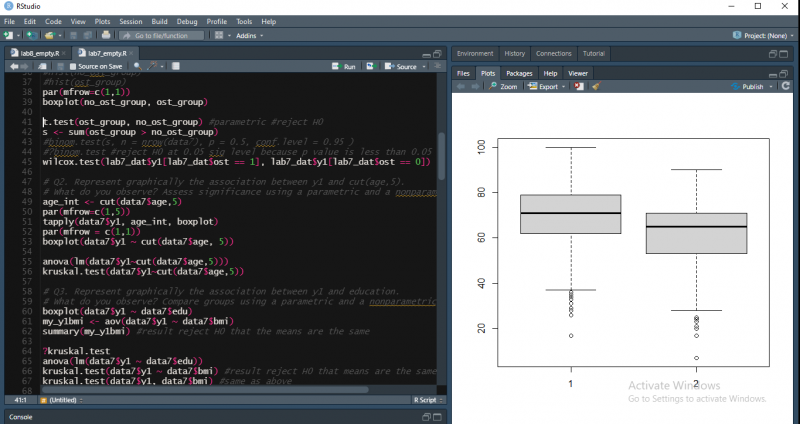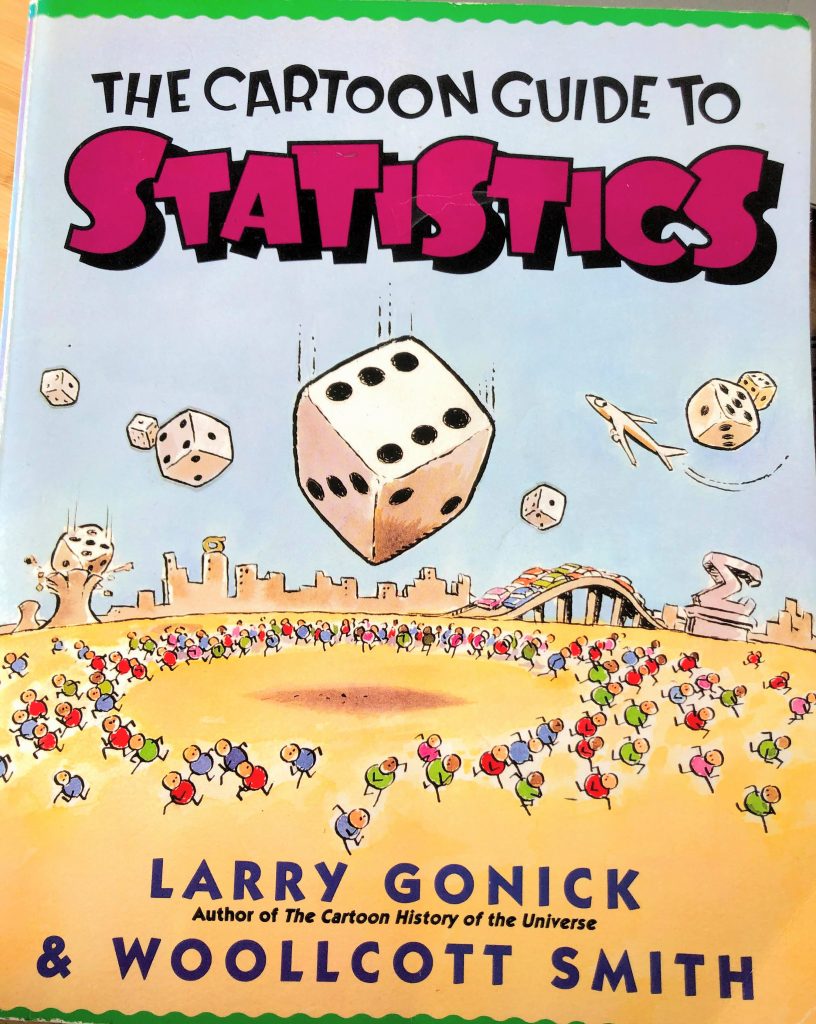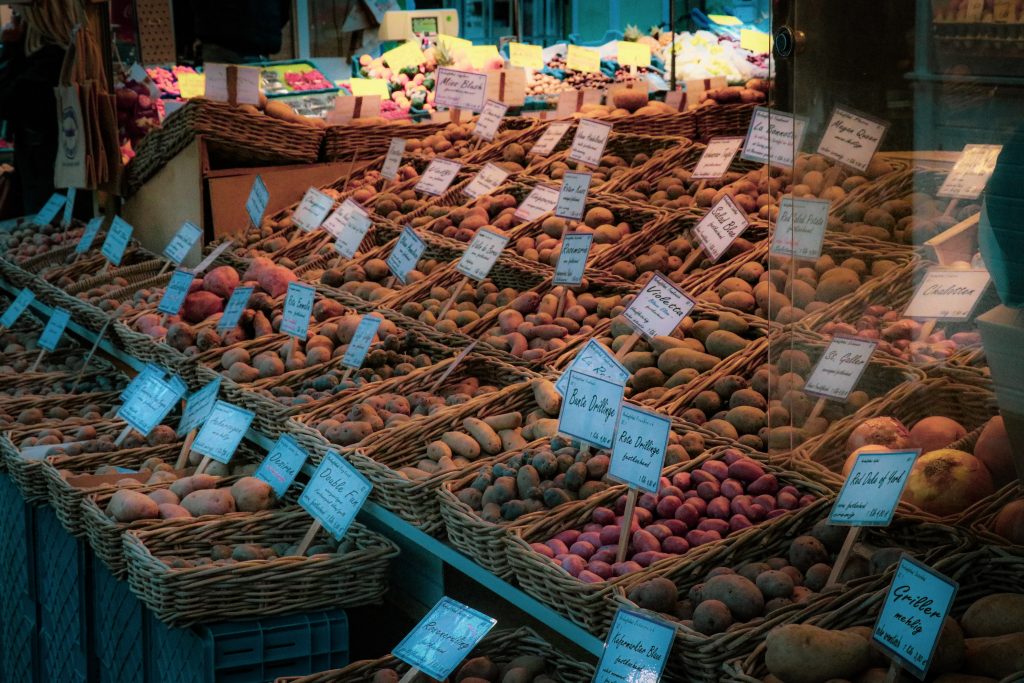
R and Stats: a Biomedicine Course Review
Biostatistics is one of the most rapidly growing fields (source: people say this a lot) and — given our propensity for collecting enormous amounts of data — is more important than ever. Given that background, it’s no wonder that we utilized every moment of the (surprisingly short) 5 credit Biostatistics course.
Like the course itself, this blog will be short and sweet. However, it will still be packed with information that will give you valuable information, show you how to learn skills, and most importantly, the importance of just googling things.
What was the course like?
Predictability is a rare thing in my life nowadays, so I rather appreciate it when it does come around to pay me a visit. The days in this course were quite predictable and structured: theory in the morning, computer lab in the afternoon.
We also had the same lecturer throughout (a rare thing judging from my courses so far) which made it easy to get into a rhythm. He was great so we got really lucky. K.O. if you’re reading this then I’d like you to know that you made biostatistics a pleasure.
In the exam, we worked with a dataset to do various analyses or make data visualizations. In many of the questions, we were asked to call upon our theoretical understanding and explain what different results or values meant. All in all, I think it was a really well-designed exam.
My top 5 tips
1. Read the Cartoon Guide to Statistics: I promise you that it aligns with the theory course material (at least in 2020) really well and is a lot more informative than it may seem at first glance. It’s clear, intuitive, and amusing: can you ask for more?

The Cartoon Guide to Statistics by Larry Gonick and Woollcott Smith.
2. Try out R beforehand: having a basic idea of how R works before you begin will save you a lot of headache in this course. I did a short course in R over the summer and that made the Biostatistics course an absolute pleasure for me. I would recommend looking for some online resources or an online course (I did R Programming by John Hopkins University on Coursera) even if it’s just to skim the contents and basic ideas. If you want to get a feel for the programme, I’d recommend downloading R and RStudio.

3. Do all the labs: Seriously, do all of them and all the questions in them. If you can do these, it’s a pretty good sign that you’re on track. If not, then you should most definitely step back, take a moment, and ask for help (Google is your friend and so is the lab teacher).
4. Be smart about your variable names: This may be niche advice but please give your variables sensible names no matter how fun it is to use names like “potato” or “IneedSleep”. If you ever need to go back to look at your code (spoiler alert: you will), you will be thankful for variables named “women_no_osteoporosis” rather than “potato”. The only valid reason to name a variable “potato” is if you are analyzing data from a potato farm. Or a grocery store.

Was there any real reason to add a picture of potatoes? Not really. Did I want to add one anyways? Yes. Photo by Sid Saxena on Unsplash.
5. Don’t be shy to Google things: There is no shame in googling your error message. In fact, it is highly recommended that you peruse the internet for solutions to your problems (the coding kind at least). R has been around a long time, so it’s highly probable that someone else has faced the exact same problem that you have.
Final notes
That’s it from me! I really loved biostatistics and I’m hoping to use it a lot. Making a piece of code work exactly how I envisioned has come to be one of my favourite feelings so I’m just going to keep chasing that kick.
Inika <3
Inika Prasad — Biomedicine BSc
Hello, Inika here. I’m a third-year Biomedicine bachelor’s student at KI. I'm from India and a little bit from Sweden. As a Digital Ambassador Blogger, I'll be writing about my programme, things happening in and around KI, and giving insights into university life.

1 comments